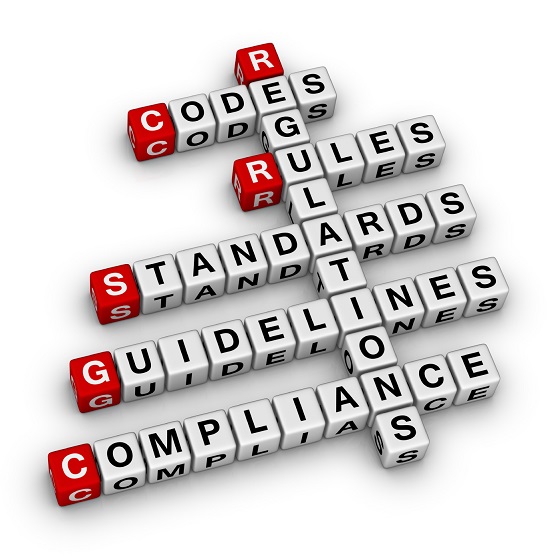
Posted on: July 3, 2018
Countercyclical Buffer
For UK exposures, the capital buffer is now 0.5% of the risk exposure amount. With effect from November 2018, the buffer will increase from 0.5% to 1%.
Bank of England Buy to Let Data Collection
Submission of data for quarter three will include buy to let exposures classed as corporate as well as the existing requirements. The reporting is applicable to firms carrying out new buy-to-let mortgage lending that exceeds £20mn annually across at least 60 loans.
PRA110 – Cash Flow Mismatch
As a reminder, the implementation date for this form has been delayed by six months and is now 1 July 2019.
PRA111 – ICAAP Assumptions
To provide a more standardised approach to ICAAP, a new template to collect stress testing data is to be included in a firm’s ICAAP. This template is PRA111 and is applicable for firms that have assets exceeding £5bn. The information to be provided will include the base and stress testing data projections of macroeconomic variables, Profit or Loss and capital requirements.
New Reporting – BoE Form FV
This form is to report the income, expense and balance sheet of UK resident securitisation special purpose vehicles. Reporting will be quarterly and be effective from quarter one of 2019. The method of submission is not known yet.
New Reporting – BoE Form AS
It is understood that firms that will be required to complete this new return will have been notified already. The return is to be submitted quarterly, is effective from January 2019 and the first submission is due in April 2019. As with form FV, the method of submission has not been determined by the regulator. Further details are available in the Statistical Notice of 21 March 2018.
Schema Changes
For templates FSA005 (Market Risk), FSA017 (Interest Rate Gap) and FSA045 (IRB Portfolio Risk), the change required by the regulator will be implemented in Wires. In accordance with the regulator’s instructions, the amendment will be effective from reporting periods ending on or after 31 January 2019.
New Securitisation Framework – 2017/2402
Whistlebrook understands that the main features of this framework are:
- Effective from 1 January 2019
- Introduction of lower capital requirements on Simple, Transparent and Standard securitisations (STS). A floor of 10% risk weighting will be applied to senior STS where the underlying exposures are transferred to a Securitisation Special Purpose Vehicle. Exposures need to be high quality in order to qualify for that floor. It is understood that for other securitisations, the floor is 15%.
- Applicable to banks and building societies authorised by the PRA.
Recent proposals made by the PRA in response to the EBA’s securitisation framework:
- Securities issued before 31 December 2019 should continue to have the capital requirements under the ‘original’ CRR.
- Where a position in a securitisation is not rated and one cannot be inferred, the PRA may require it be risk weighted at 1,250%
- The PRA is to have the ability to request information from firms that are holding positions in securitisations. Data would be required within 20 business days and seems to be on the due diligence that an investor has performed.
